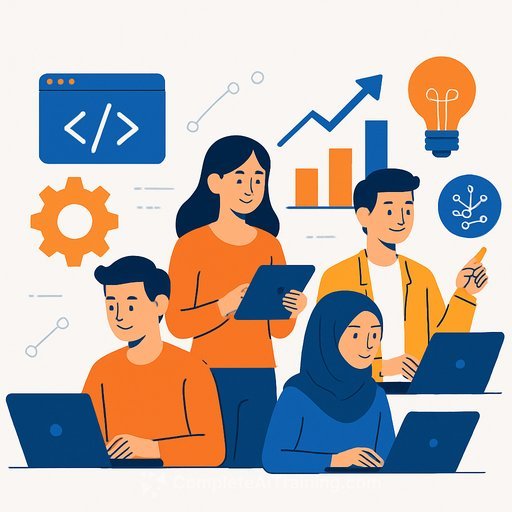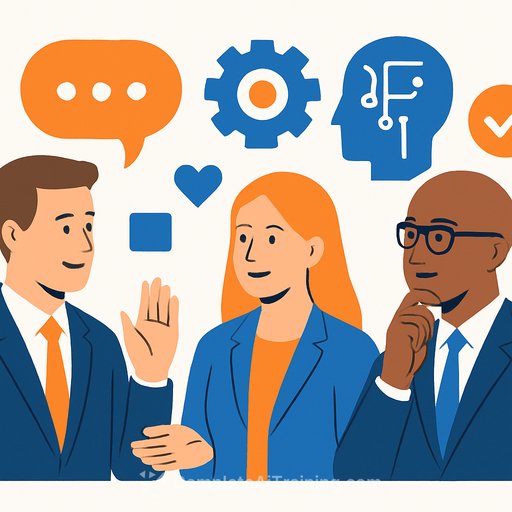AI Is Raising the Bar. HR's Job Is to Raise People
AI is moving fast, but the advantage still belongs to people who bring empathy, creativity, and analytical thinking. That's the message from Indonesia's Deputy Minister of Higher Education, Research, and Technology, Stella Christie: the key is not the technology-it's the people.
For HR, that means one priority: build higher-quality talent at scale through continuous upskilling and reskilling. If we fall behind, AI becomes a disruptor. If we manage it well, it becomes an enabler.
The Signal HR Shouldn't Ignore
In one study, AI-generated responses were rated more empathetic and accurate than answers from physicians in certain cases-proof that technology can overtake us if we stop developing human strengths. See the research published in JAMA Internal Medicine: ChatGPT vs physicians on patient questions.
Projections from the World Economic Forum indicate a major workforce shift-millions of roles created and millions eliminated through automation. Review the broader trends here: WEF Future of Jobs Report.
Four AI Challenges HR Must Plan For
- Job disruption and inequality: Roles will shift quickly; some employees are at higher risk than others.
- Cybersecurity exposure: New tools expand the attack surface; human error remains the weak point.
- Information reliability: Hoaxes and disinformation increase; trust and verification become core skills.
- Digital divide: Unequal access to tools and training can widen gaps across teams and regions.
Turn Risk Into Opportunity
Handled well, AI can create higher-value jobs, strengthen cybersecurity with AI-based detection, improve fact-checking, and expand access to education and health services. The lever is disciplined people development and clear guardrails.
What HR Should Do This Quarter
- Run a skills audit: Map current capabilities to priority roles. Flag at-risk tasks for automation and identify adjacent skills for redeployment.
- Launch targeted upskilling: Focus on empathy-driven service, creative problem-solving, data literacy, prompt fluency, and AI tool proficiency.
- Redesign roles and workflows: Split work into "AI-assist" tasks vs. "human-edge" tasks. Clarify accountability and quality checks.
- Set AI usage policies: Define approved tools, privacy rules, bias checks, and audit trails. Require human-in-the-loop for sensitive decisions.
- Upgrade cybersecurity behavior: Mandatory training on phishing, data handling, and safe AI prompts. Test with regular simulations.
- Protect information integrity: Introduce verification standards for AI-generated content and set up internal fact-checking steps.
- Close access gaps: Provide tool access, microlearning, and coaching for teams with low digital exposure.
- Track impact: Measure time saved, error rates, compliance incidents, employee skill lift, and internal mobility.
Practical Learning Paths
- Build role-based learning journeys (e.g., recruiting, L&D, HR analytics, operations). Mix short courses, live practice, and on-the-job projects.
- Offer recognized badges and internal endorsements tied to promotion and pay. Make progress visible.
- Curate AI training by job family to speed adoption: Complete AI Training - Courses by Job.
Bottom Line for HR
AI is not the enemy. It's a tool. If we direct, regulate, and monitor it well-and invest in people-AI will strengthen our organizations. The playbook is simple: skill up, set guardrails, redesign work, and measure outcomes.
Your membership also unlocks:






